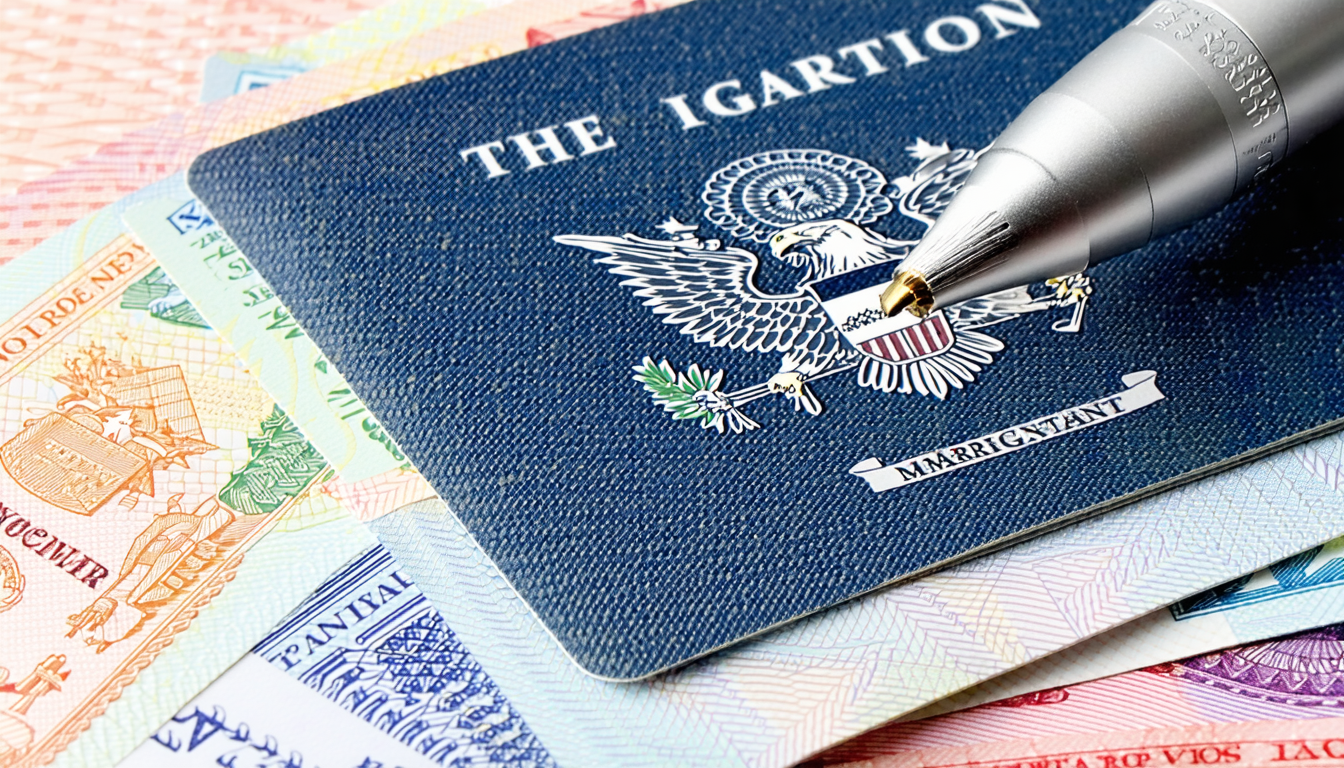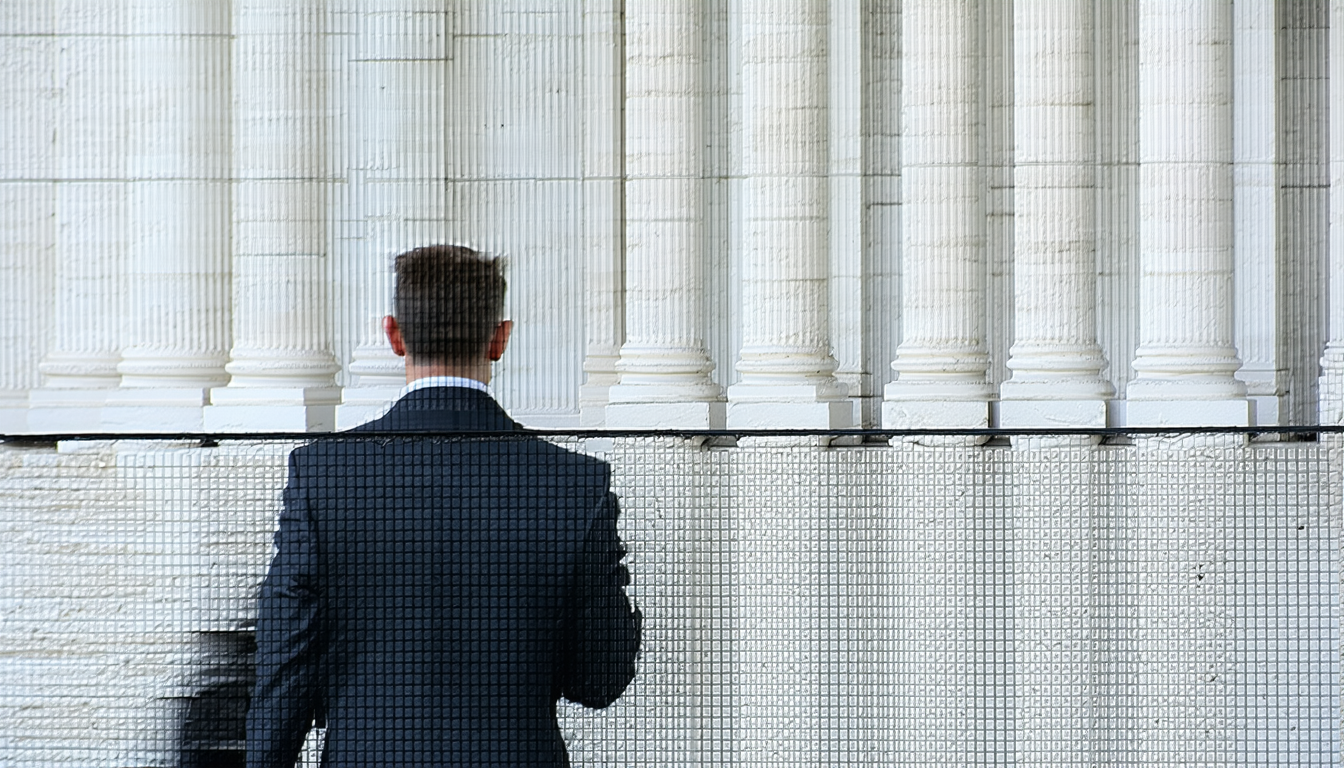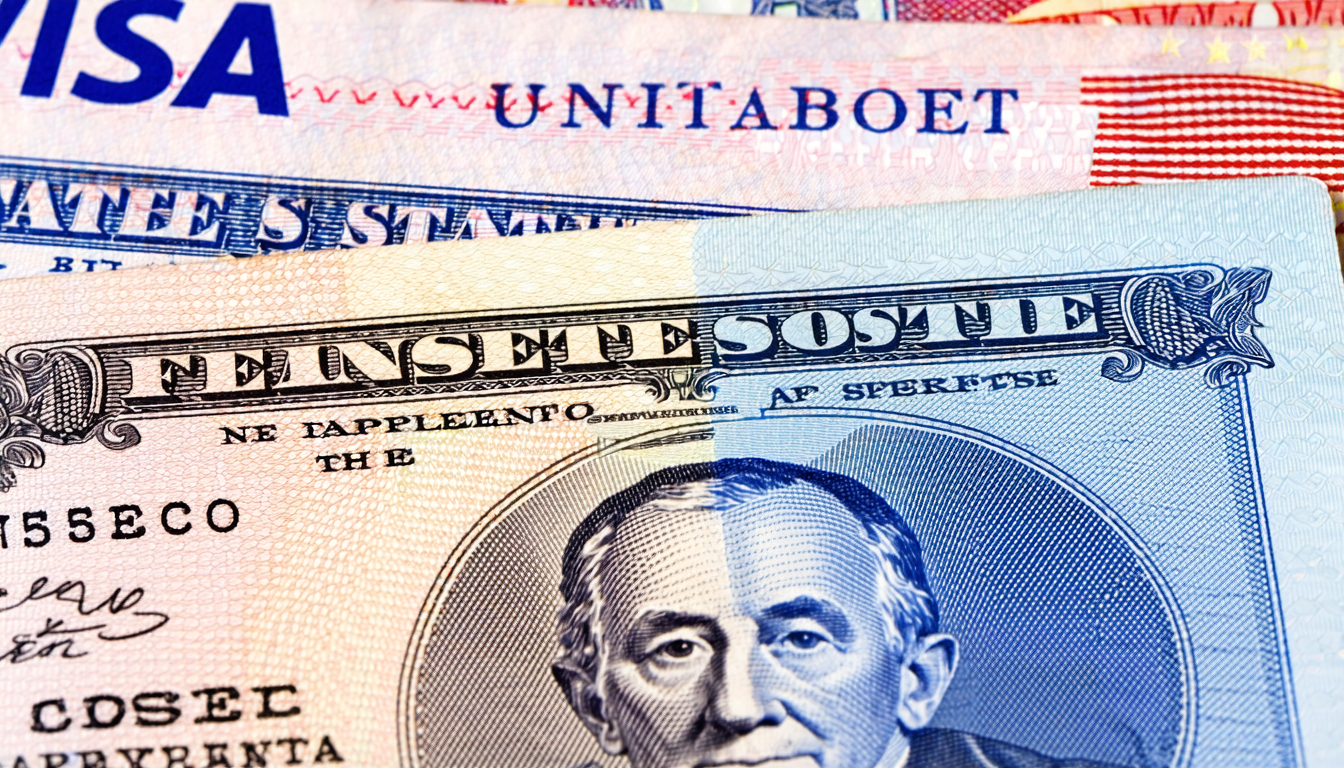In a significant development for international travelers and immigrants to the United States, the Department of Homeland Security has unveiled a comprehensive overhaul of its visa application assistance programs. The initiative, launched yesterday in Washington D.C., aims to simplify the often complex immigration process while enhancing security measures. This reform comes in response to growing backlogs and processing delays that have plagued the system since the pandemic, affecting millions of applicants worldwide.
Digital Transformation Leads Visa Application Reforms
The centerpiece of the new approach is a state-of-the-art digital platform that consolidates previously fragmented visa application assistance services. The system, developed over two years at a cost of $340 million, introduces artificial intelligence to streamline document verification and reduce human error.
“This represents the most significant modernization of our visa infrastructure in over a decade,” said Maria Rodriguez, Undersecretary for Immigration Affairs. “By leveraging technology, we’re creating a more efficient, transparent process while maintaining the rigorous security standards Americans expect.”
The platform includes real-time application status tracking, automated document verification, and multilingual support in 12 languages. Early testing indicates processing times could decrease by up to 40% for standard applications.
Enhanced Consular Support Worldwide
Alongside digital improvements, the State Department announced the expansion of visa application assistance centers in 35 countries, with particular focus on regions experiencing high application volumes.
The initiative includes specialized training for consular officers and the creation of dedicated assistance teams at major embassies. These teams will provide personalized guidance for complex cases, including those involving family reunification and specialized work visas.
“We’re fundamentally changing how applicants interact with the visa system,” explained James Wilson, Director of Consular Operations. “Rather than navigating a bureaucratic maze alone, applicants will have access to trained professionals who can guide them through each step of the process.”
The program also introduces extended service hours and weekend appointments at select locations, addressing a long-standing complaint about accessibility.
Industry Response and Economic Implications
Business leaders have welcomed the visa application assistance reforms, particularly those in sectors dependent on international talent and tourism.
“American companies compete globally for skilled workers, and an efficient visa system is crucial to our competitiveness,” said Thomas Chen, President of the American Technology Council. “These improvements signal that the U.S. remains open to the world’s best and brightest.”
Tourism industry representatives project the streamlined visa process could generate an additional $8.5 billion in visitor spending annually once fully implemented. The hospitality sector, still recovering from pandemic-related downturns, views improved visa processing as critical to long-term recovery.
However, some immigration advocacy groups express concern that the emphasis on technology might disadvantage applicants with limited digital access or technical skills.
Implementation Timeline and Future Developments
The rollout will occur in three phases over the next 18 months, beginning with tourist and business visas, followed by student and exchange visitor categories, and finally addressing employment-based immigration.
Officials stress that the visa application assistance program will continue to evolve based on user feedback and emerging technologies. Plans already exist to incorporate blockchain verification for educational credentials and biometric innovations for identity confirmation.
“This isn’t a one-time fix but the beginning of continuous improvement,” Rodriguez emphasized. “The global mobility landscape is constantly changing, and our systems must adapt accordingly.”
FAQ: Visa Application Assistance
What is changing about visa application assistance?
The U.S. is implementing a digital platform that consolidates visa services, expands consular support worldwide, and uses AI to speed up processing times.
When will these changes take effect?
The rollout begins immediately with tourist and business visas, with full implementation expected over the next 18 months.
Will application fees increase?
Officials confirm there are no immediate fee increases associated with these improvements.
How can applicants access the new digital platform?
The platform will be accessible through the State Department’s website and a new mobile application available on iOS and Android devices.
Will in-person interviews still be required?
Yes, security protocols still mandate interviews for most visa categories, though some renewal applicants may qualify for interview waivers.



